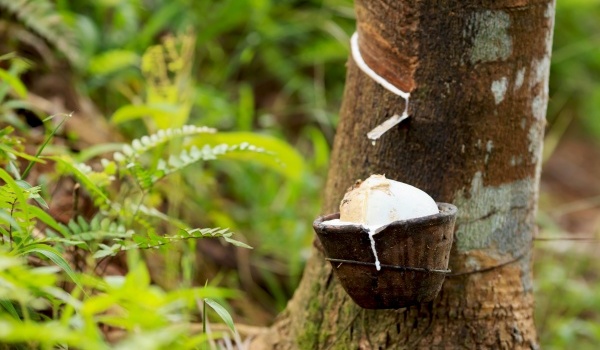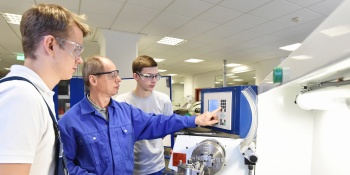
Natural latex membrane for use in cutaneous dressings.



Low Complexity

Protection
PROBLEM
The natural latex membranes made by other methods have low porosity control, thus limiting the fields of use of this material. In addition, the process by which these membranes are produced are generally time-consuming.
SOLUTION
With this technology a new process was developed to obtain natural latex membranes, which allows the control of the porosity to be formed in the membranes, as well as the insertion of bioactive molecules. The membranes thus obtained are permeable to gases and serve as a matrix for drug delivery systems and can be used as cutaneous dressings.

Idea

Laboratory

Prototype

Scheduling

Market
The natural latex membranes produced by this method have controlled porosity - in relation to pore size and volume - and shorter processing time. The greater porosity confers greater permeation to gases to the membrane, being this a characteristic of interest for its use as cutaneous dressing since it facilitates the cicatrization of tissues. This use can be extended, since bioactive molecules can be added to the material. Preliminary tests indicate that this membrane has low allergenic activity, which makes it even more attractive.







